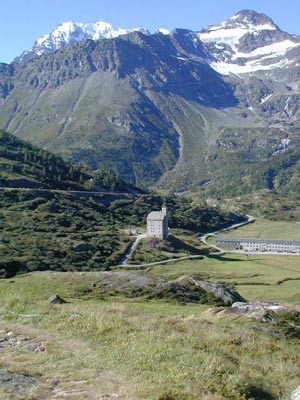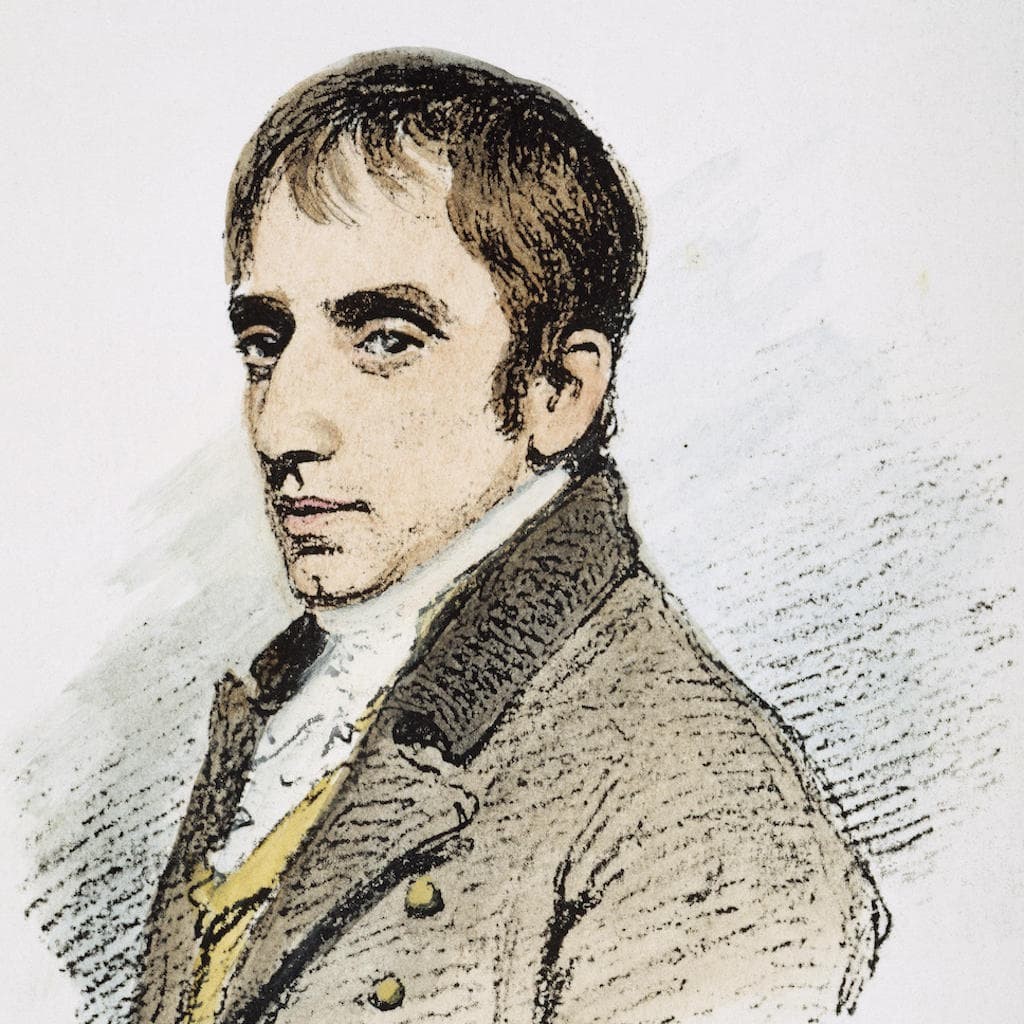The Discovery of the Imagination: Wordsworth and the Simplon Pass
Patrick Vincent, University of Neuchâtel
During the summer of 1790, a Cambridge student from the North of England, William Wordsworth, toured the European Continent with a Welsh schoolmate, Robert Jones. Their fourteen-week trip shared little in common with the Grand Tour undertaken by Britain’s fashionable elites. They traveled mainly on foot, getting up at dawn to walk twenty kilometers before breakfast and carrying their luggage in a bundle. But it was also an initiatory journey whose motivation was educational. Images of the landscapes and manners they encountered along the way, particularly in the Alps, would deeply mark Wordsworth and remain with him throughout his life, contributing to “the growth of the poet’s mind,” the self-titled theme of his great autobiographical poem, The Prelude (1805, 1850).
Wordsworth and Jones left London on July 10, 1790 without informing their families, landing in Calais the day before the first anniversary of the French Revolution. “Bliss was it in that dawn to be alive, / But to be young was very heaven!”, he recalled in the poem. After passing through Lyon and making a detour via the Grande Chartreuse, they advanced at “military speed” in search of beautiful and sublime views, following the shore of Lake Geneva, which did not give them complete satisfaction, as Wordsworth explained in a letter to his sister Dorothy. They spent the night of August 9 at Lausanne, slept in Villeneuve on the 10th, and on the 11th were in Saint-Maurice. On the 12th they climbed from Martigny over to Chamonix via the Trient valley and the Col de Balme. The route that they followed had been made fashionable thanks to William Coxe’s Sketches of Swisserland (1779), one of the leading works on Switzerland in the eighteenth century. In the twenty-first letter, written in Trient, Coxe associates the valley with the famous “Lettre du Valais” by Jean-Jacques Rousseau, a reference which undoubtedly had its effect on the young man, who still embraced republican ideals.
Wordsworth first alludes to Trient in one of his earliest poems, “Septimi Gades” (1790). In Book sixth of The Prelude, he compares it to an American valley, wild and inhabited by Indians. During a second trip in 1820, this time in the company of Dorothy, his wife Mary, and several friends, Wordsworth confided that Trient was the first to strike his mind with the extreme beauty of Swiss valleys. The travel diaries of his sister and his wife recount in detail their night in an alpine chalet and the tough ascent the next day on the back of a mule, the same path where an English tourist was seriously injured a few weeks earlier. However, the panorama of Mont Blanc and Chamonix valley from the top of the pass amply rewarded the travelers for their efforts. In The Prelude, on the other hand, Wordsworth recalls his disappointment in 1790: Mont Blanc was nothing like the “living thought” anticipated by the poet.
If disappointment is a structural component of tourism, the sense of bewilderment that emerged from this experience is unique to Wordsworth’s poetics and a crucial feature of his theory of the imagination. His series of disappointments at Lake Geneva and Mont Blanc allowed him to account for the gap between his overactive imagination and reality, and to dramatize the development of his own poetic powers. This process reached its culmination during his crossing of the Simplon Pass four days later. On August 16th, after climbing “the steep and rugged road” from Brig to the top of the pass, now the Via Stockalper, Wordsworth and Jones took a wrong turn. After learning from a peasant that they had already crossed the Alps and that their course was downwards, the poem’s speaker is filled with a “dull and heavy slackening” that is famously interrupted by a secular epiphany: “Imagination! / […] to my soul I say / ‘I recognize thy glory’.” By measuring himself against Mont Blanc and the Simplon, Wordsworth realized his faith not in God, but in his own creative powers.
For more on Wordsworth’s traverse of the Simplon Pass, see Roger Meyenberg and Patrick Vincent, “Wordsworth's Route Over the Simplon in 1790: A Reconstruction,” Romantic Circles, August 2001, romantic-circles.org/reference/misc/simplon/index.html


